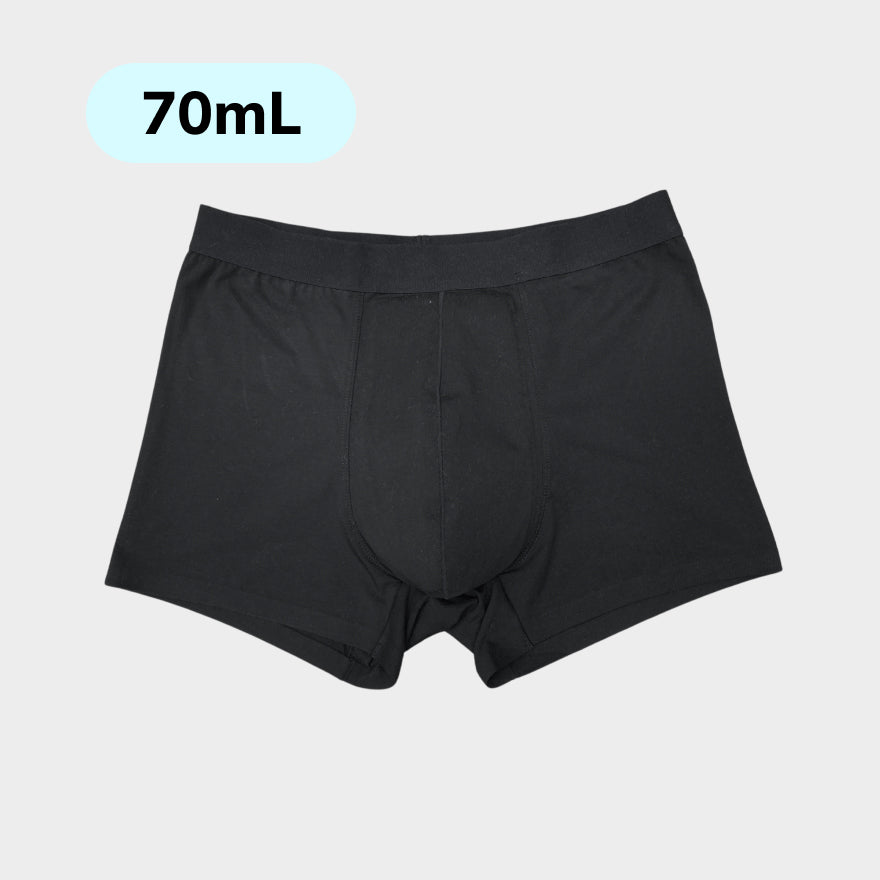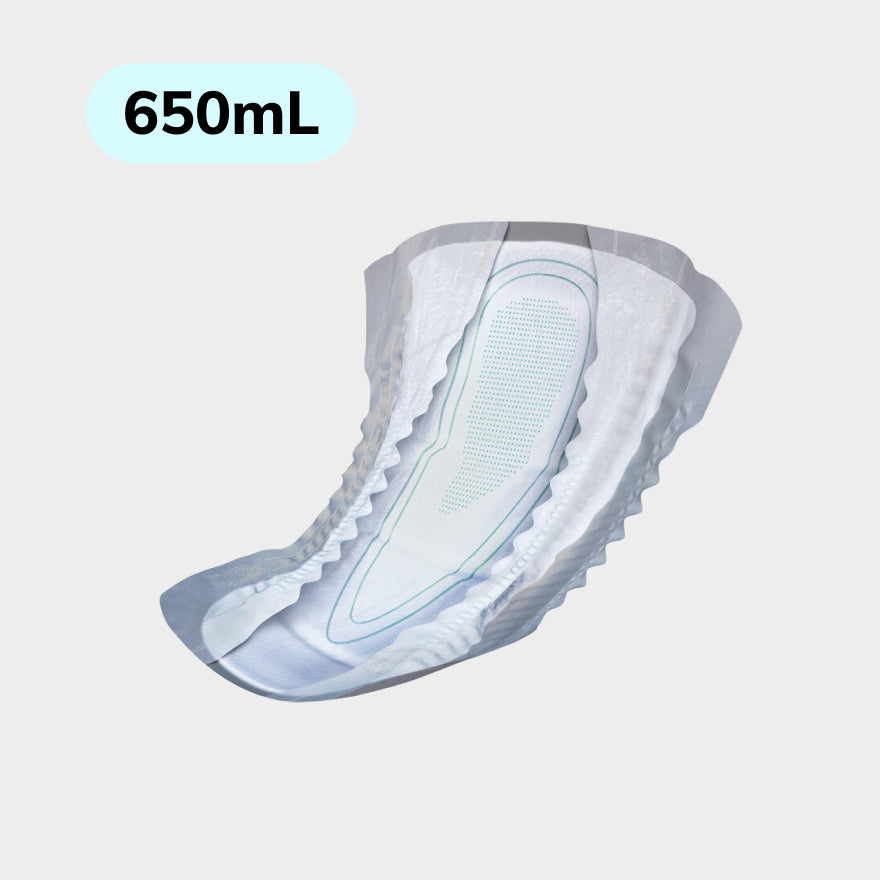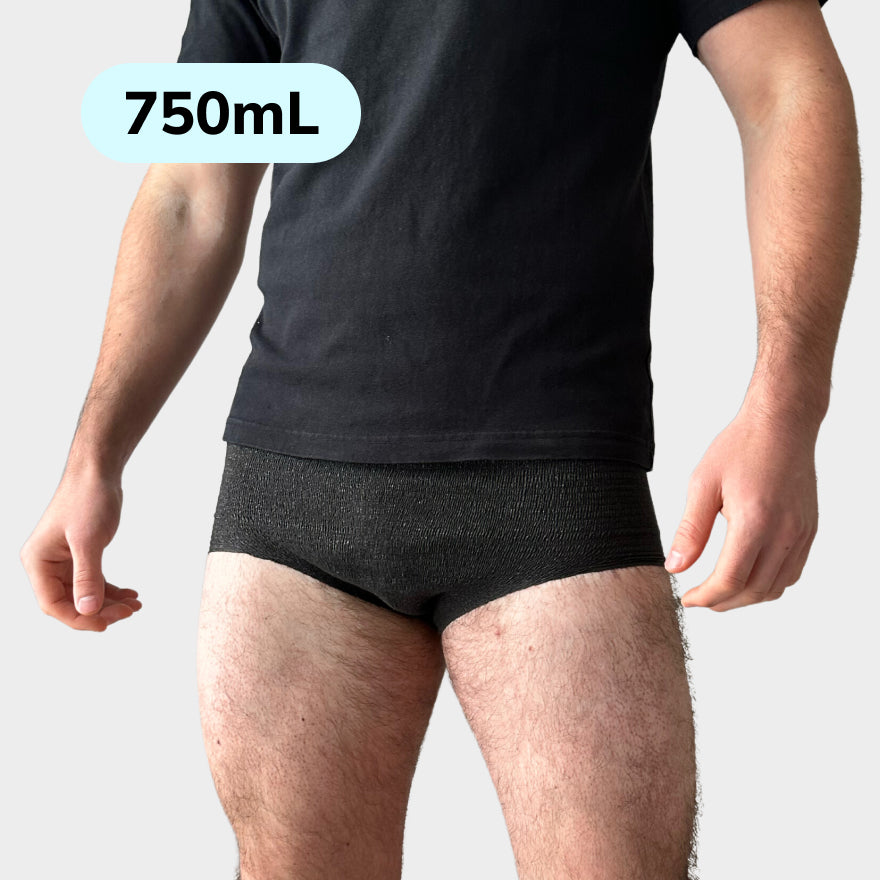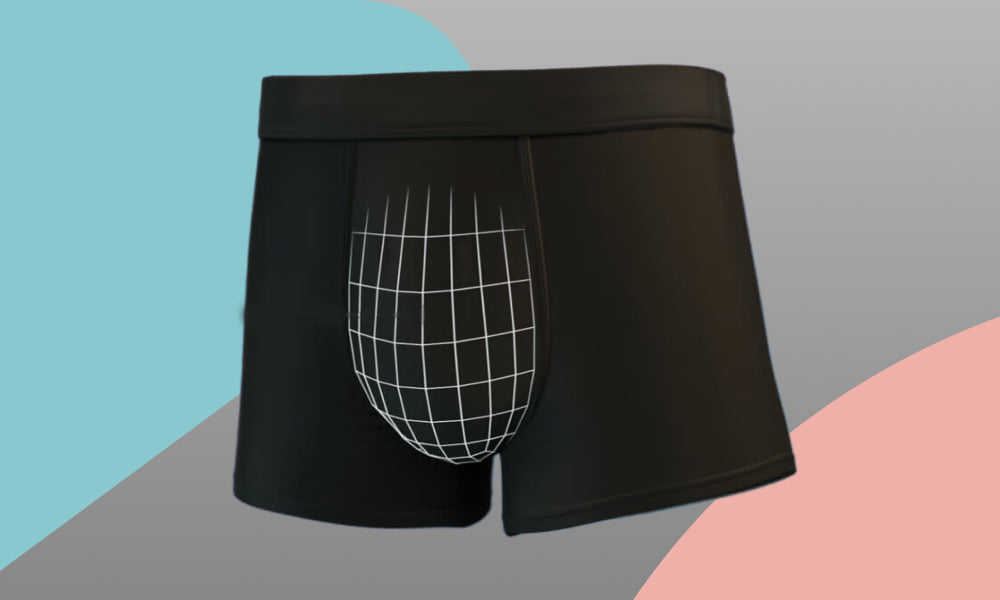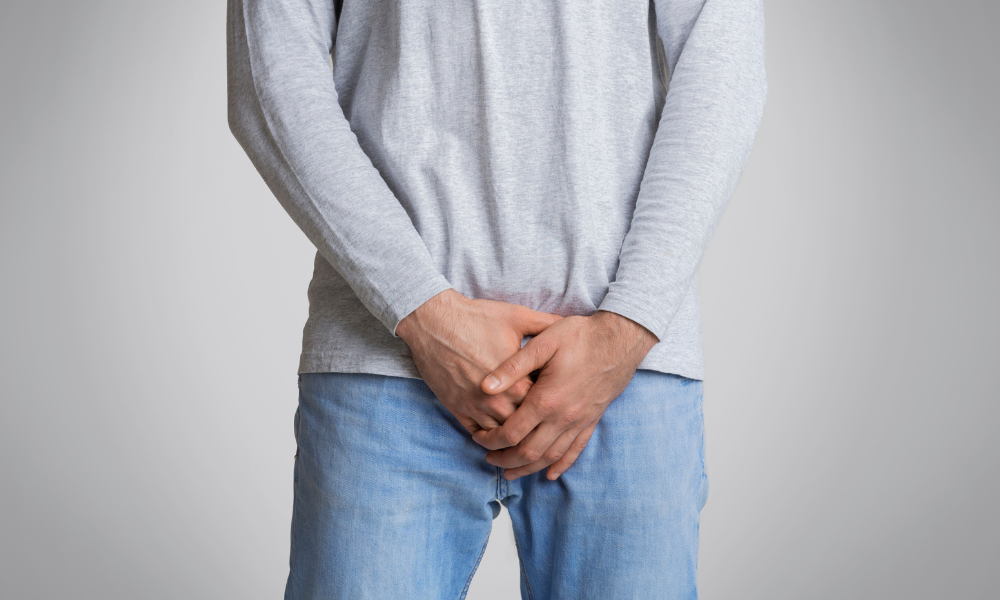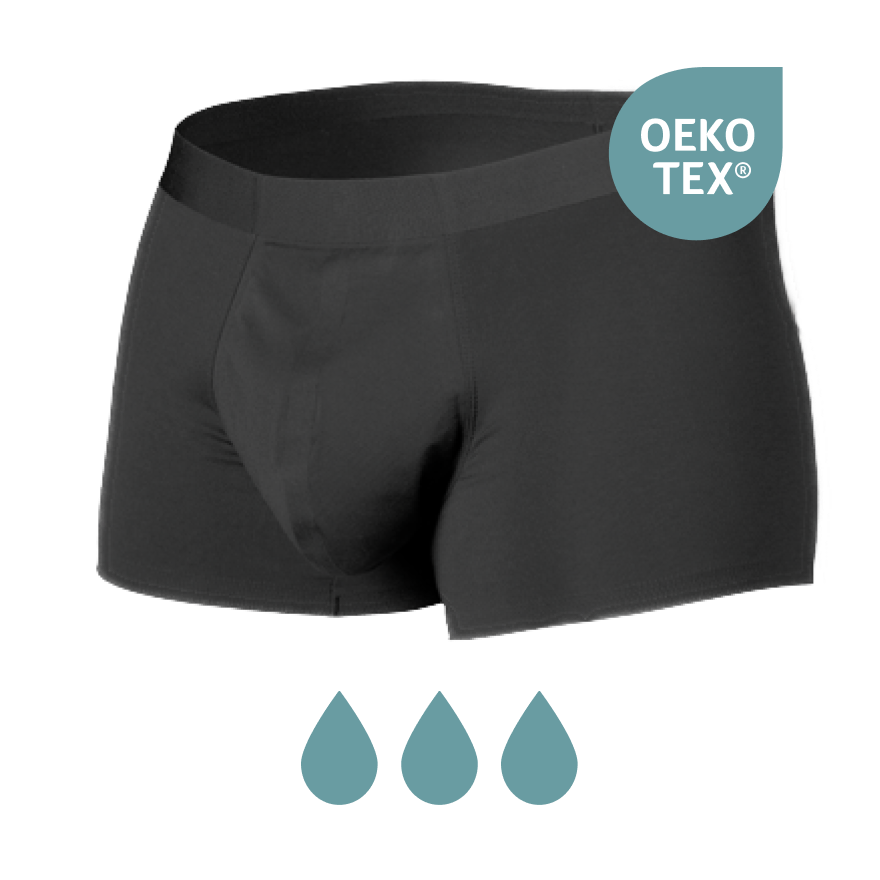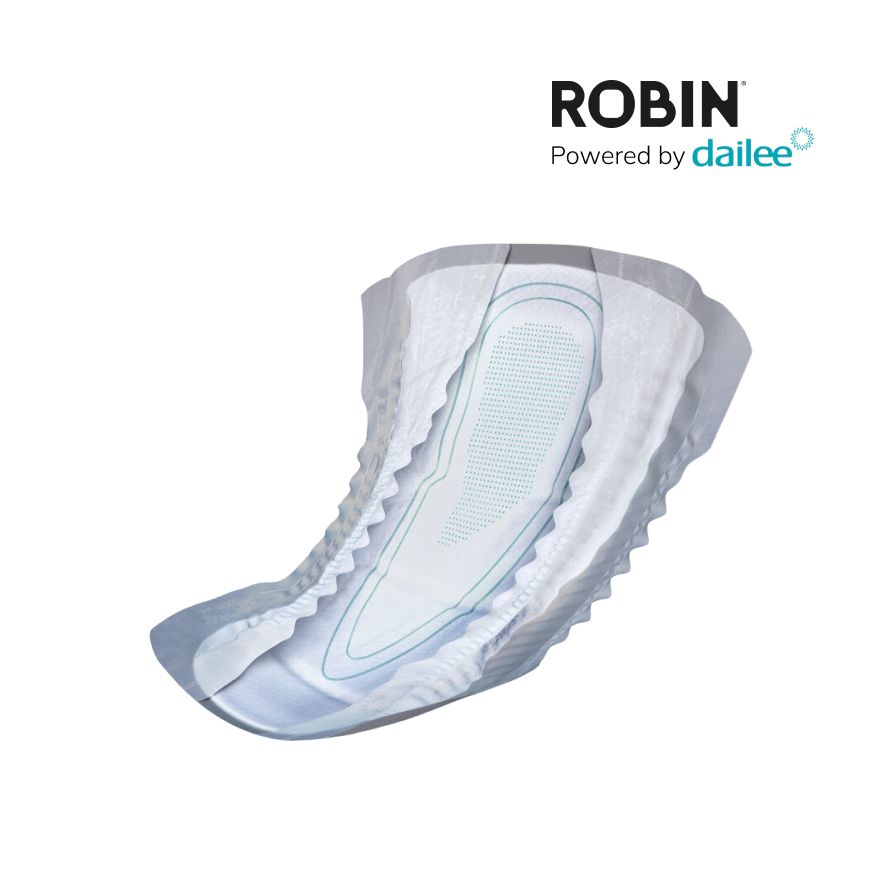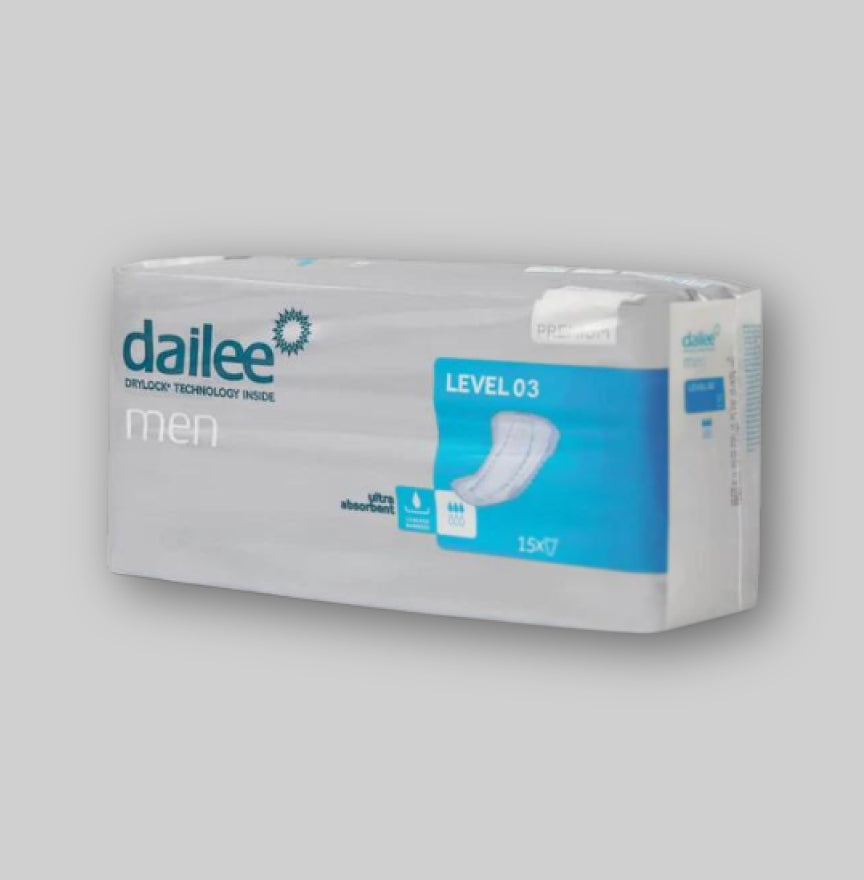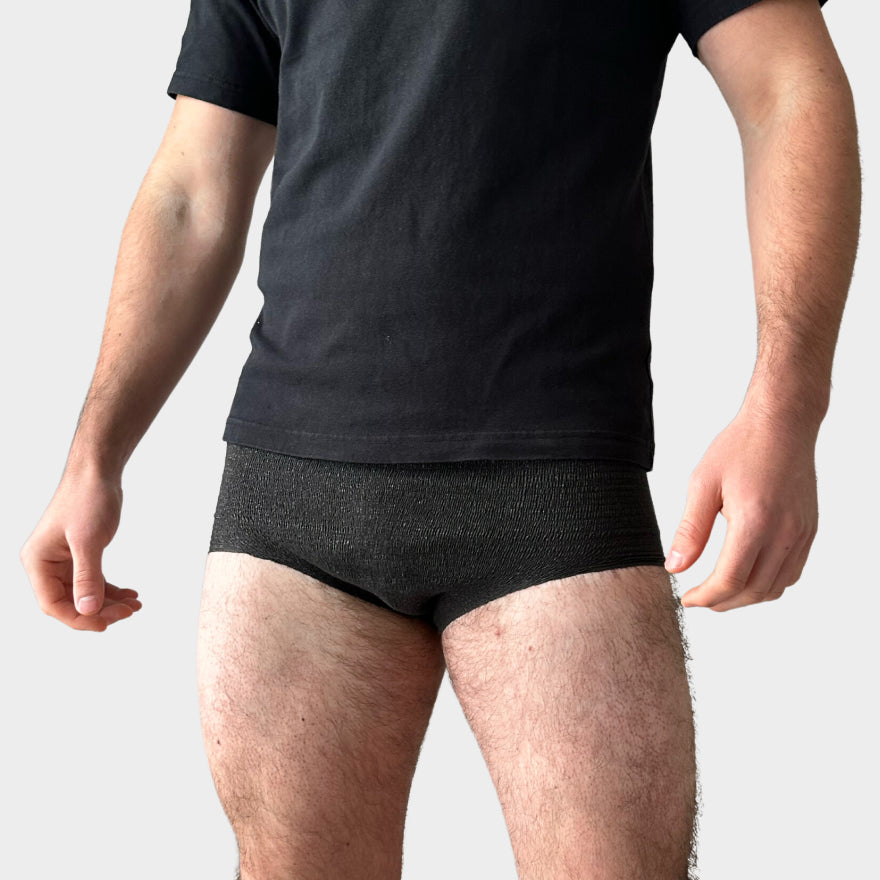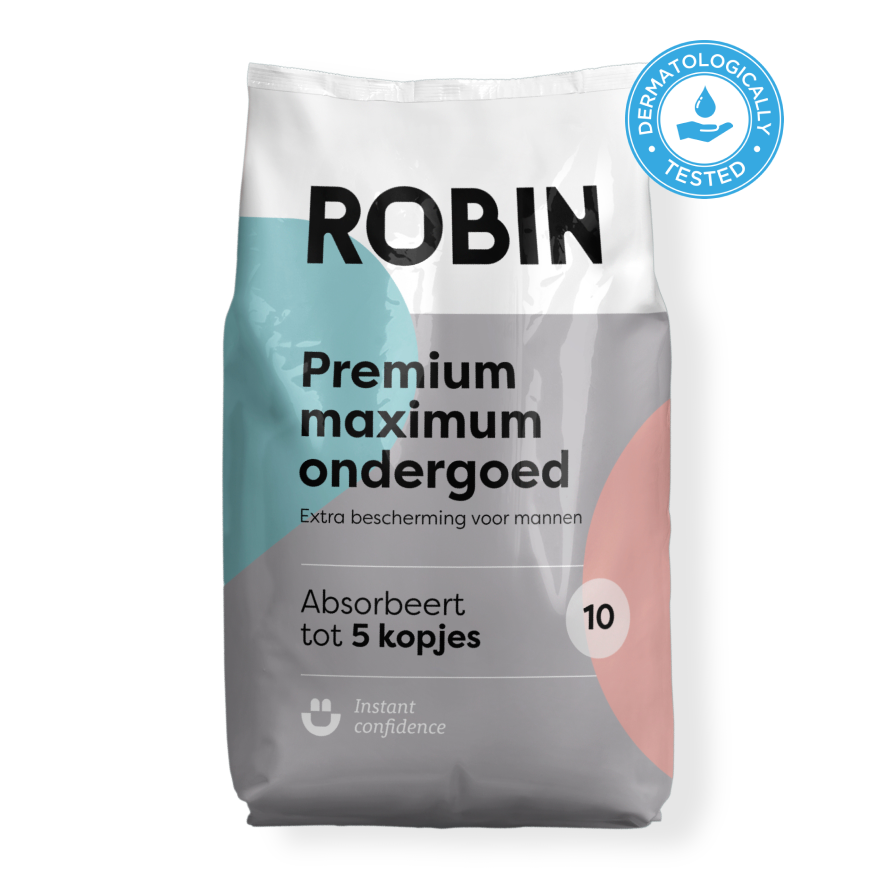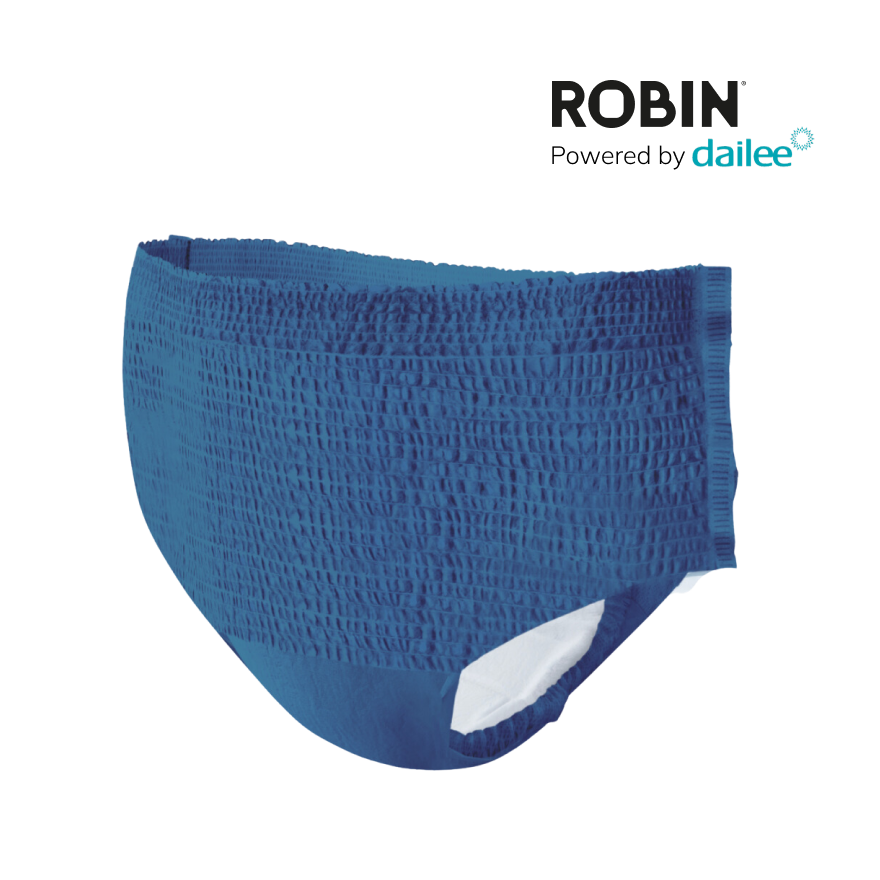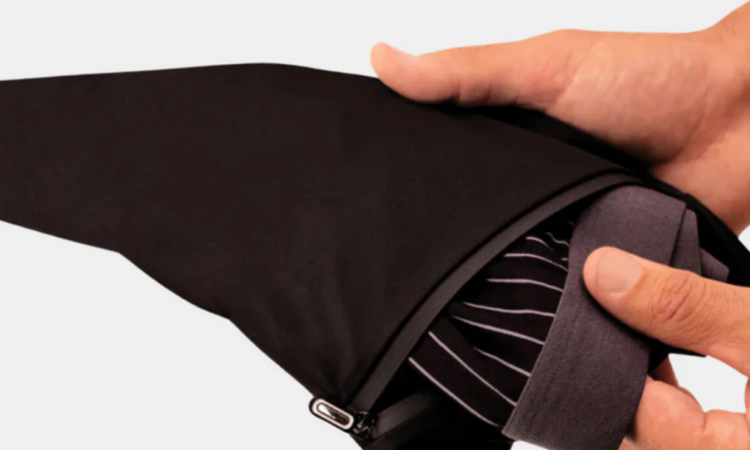What is interstitial cystitis?
Interstitial cystitis, also known as bladder pain syndrome, is a chronic disorder of the bladder. This condition causes prolonged pain and discomfort in the bladder and the pelvic area. Patients often experience an urgent and frequent need to pee, which can significantly influence their daily lives.
Causes of interstitial cystitis
The exact cause of interstitial cystitis is still unknown. Researchers suspect that various factors can play a role, such as:
- Damaged bladder mucosa: A damaged protective layer of the bladder can lead to irritation and inflammation.
- Autoimmune reactions: The immune system may attack the bladder by accident.
- Genetic factors: Heredity can play a role in the susceptibility to this condition.
- Infections: Previous urinary tract infections can contribute to the development of interstitial cystitis.
Symptoms of bladder pain syndrome
The symptoms of interstitial cystitis vary per person, but the most common are:
- Chronic pelvic pain: Constant pain in the lower abdomen and the pelvic area.
- Frequent urination: The need to pee often, sometimes up to 60 times a day.
- Urgent pee: A sudden, intense urge to pee.
- Pain pain: Discomfort or pain while urinating.
- Pain during sexual intercourse: Sexual activity can be painful.
Diagnosis of interstitial cystitis
Diagnosing interstitial cystitis can be challenging, since the symptoms resemble those of other disorders such as urinary tract infections or bladder stones. Doctors often use a combination of methods to make a correct diagnosis, including:
- Physical examination: Research from the pelvic area and the bladder.
- Urine examination: Excluding infections or other disorders.
- Cystoscopy: A visual inspection of the bladder with a thin, flexible tube.
Treatment options for interstitial cystitis
There is currently no definitive healing for interstitial cystitis, but various treatments can relieve the symptoms:
- Medication: Inflatio drugs, painkillers and antidepressants can reduce pain and inflammation.
- Physiotherapy: Pelvic floor therapy Can help relax the muscles around the bladder.
- Dietary changes: Avoiding certain foods Such as caffeine and citrus fruits can relieve symptoms.
- Wind instillations: Introducing medicinal solutions
Conclusion
Interstitial bladder infection is a complex and painful condition. Although there is no healing yet, the right treatments and lifestyle adjustments can help to control the symptoms. Always consult a medical professional for advice and treatment.
